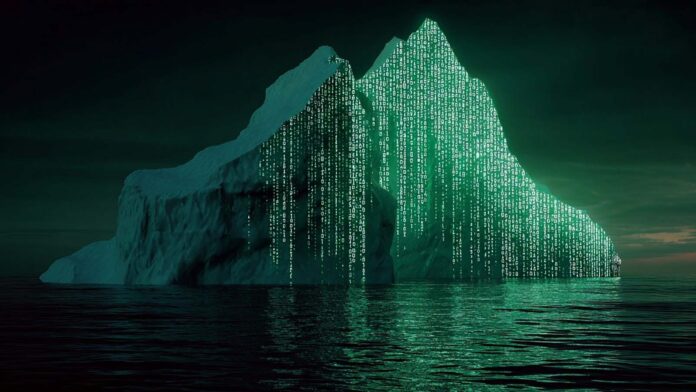Antarctica—one of the most remote and extreme environments on Earth—remains both a land of mystery and scientific discovery. In its vast frozen expanse, natural phenomena like iceberg calving can have lasting and profound effects on the planet’s delicate environmental balance. Now, iceberg A-68a—one of the largest ever recorded—has become the focus of a groundbreaking study that gave scientists a rare opportunity to witness its disintegration up close, thanks to an advanced underwater robot.
What may appear to be nothing more than a drifting mass of ice has, in fact, revealed crucial insights into how climate change is reshaping not only Antarctica’s geography but also the ocean systems and marine ecosystems that rely on it. Read on to discover how the final journey of these ice giants is helping to redraw the map of the planet’s ecosystems.
In this article, you will read about:
Robotic exploration in Antarctic waters
Before discussing the technologies used, it is important to consider the magnitude of the original object of study. A-68a was equivalent to 12% of the Antarctic ice shelf. In other words, 5,800 square kilometres broke away from the main mass in July 2017. Officially, this marine iceberg was considered to have completely disintegrated in April 2021.
But just two months earlier, in February 2021, a team from the British Antarctic Survey (BAS) set out on a unique mission to investigate this Antarctic colossus before its final break-up. From aboard the RRS James Cook, scientists deployed two autonomous underwater gliders—Doombar–405 and HSB–439—operating them remotely from over 12,000 kilometres away with the help of satellite data.
For 17 days, the gliders navigated the waters beneath the iceberg, collecting vital data on the environmental effects of its melting. Despite technical setbacks, including the loss of one glider and difficulties manoeuvring beneath the ice, the team managed to gather valuable findings that have significantly advanced our understanding of iceberg-ocean interactions.
Impact of Antarctic icebergs on ocean layers and marine life
El análisis de los datos reveló que el A-68a se estaba desintegrando desde su base, lo que alteró una capa de agua fría conocida como winter water. Esta capa desempeña un papel crucial en la estabilidad del océano al actuar como barrera y evitar que los nutrientes más profundos, como el hierro y el sílice, lleguen a las capas superficiales.
El derretimiento del iceberg permitió que estas aguas ricas en nutrientes ascendieran y fertilizaran la zona, lo que potenció la productividad primaria, especialmente el crecimiento de fitoplancton. Este incremento beneficia directamente a organismos marinos como el krill, que constituye la base de la cadena alimentaria antártica. A su vez, el krill favorece el desarrollo de especies más grandes como peces, ballenas y pingüinos, lo que puede afectar al ecosistema local de maneras imprevisibles.
The links with climate change
El derretimiento del A-68a pone de manifiesto un fenómeno creciente vinculado al cambio climático: la ruptura de grandes icebergs. Estos eventos alteran las condiciones oceánicas y tienen un impacto directo en la circulación de nutrientes, el intercambio de calor y carbono entre el océano y la atmósfera. Este fenómeno puede modificar la dinámica de las corrientes oceánicas de tal forma que los ecosistemas marinos y la biodiversidad de la región antártica se vean afectados. Al comprender mejor estos procesos, los científicos pueden prever cómo los océanos reaccionarán a los efectos del calentamiento global.
Technology’s role in understanding a changing climate
Research in Antarctica has taken a major step forward with the arrival of robotic technologies that make it possible to study remote, hard-to-access areas. In this case, underwater robots enabled scientists to gather critical data on climate impacts in ways that would have been unimaginable just a few decades ago.
These new technologies not only allow safer and more efficient access to one of the least-explored parts of the world, but they also generate more precise and timely data for understanding environmental change. The combination of real-time data and autonomous exploration is transforming how climate science is conducted in extreme environments.
As more missions of this kind are launched, researchers will gain an increasingly detailed picture of the forces shaping Antarctica—and how they interact with a warming planet.
Of course, visiting Antarctica is no easy feat—unless, of course, you are an underwater robot. But virtual reality can bring us closer. Check out this article on an immersive experience that transports you to a scientific research station on the sixth continent.
Source:


